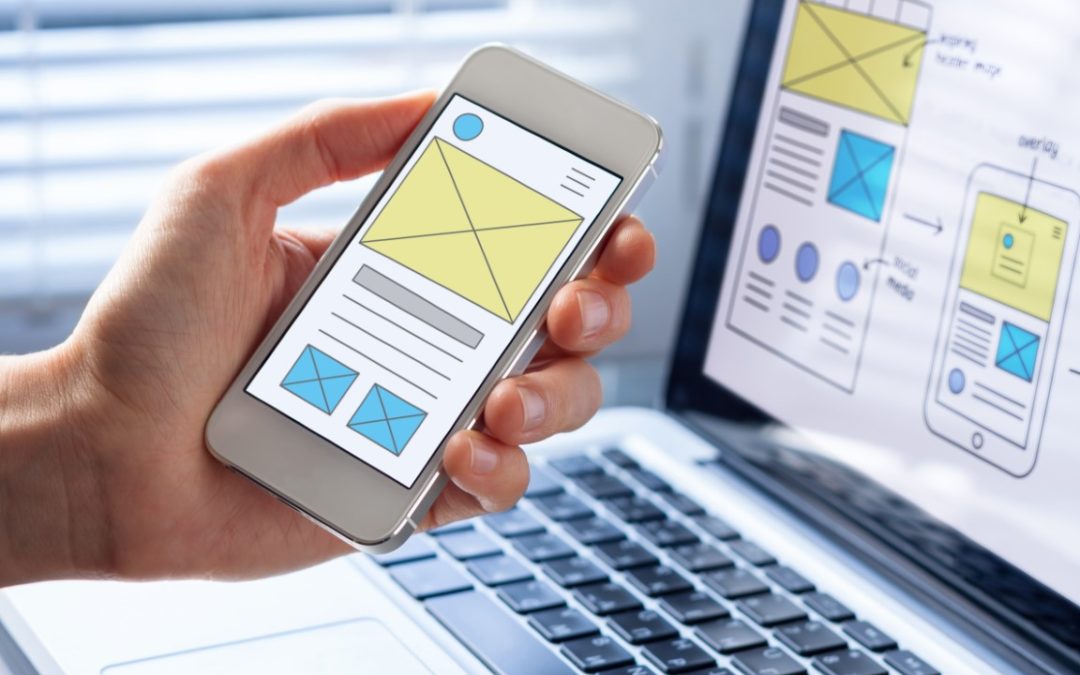When considering why mobile UX design in booming, the facts speak for themselves:
- According to Forbes, 94% of millennials own smartphones and use them to manage all aspects of their lives.
- Additionally, about 95% of American citizens own a cell phone, smartwatch, tablet, or laptop, using them to play games, shop, bank, check social media, access the internet, and more.
- Researchers have found that daily use of a mobile device has increased 10% annually, while no increase in the use of laptops or desktops has been shown.
- As developing economies around the world become wealthier and more technologically advanced, entire new markets will be demanding skilled UX designers.
All these users – from all walks of life – want the same basic thing from their experience: Joy. And as a UX designer, it’s your job to deliver that joy in all its various and growing forms.
To do that effectivity, however, you need to go beyond the facts. To really understand why mobile UX design is booming – and to leverage all the opportunity out there – you need to consider the following.
Mobile UX Design – Understanding Human Emotion
Not only do users want their mobile interactions to be personal, unique, and enjoyable, but they also expect immediate results. In order meet user demands, UX designers must understand fundamental human behavior and needs.
Smart devices like Alexa and Siri have forged a familiarity between human and machine interactions. We enjoy and expect a conversational, human tone when we converse with our devices. Instead of having to learn commands to obtain our desired information or action, we simply need to speak naturally. A recent study by JWT Intelligence found that not only did human-sounding products connect better with users, but 37% of users wished their voice assistant was a real person. And that’s the central challenge for UX designers: We must understand that real people have emotions and translate that thinking to mobile devices.
Designers must not only help users interact with mobile devices on an emotional level, but we must also design devices that recognize human emotion. UX designers most in demand are empathetic and able to put themselves in the user’s “shoes.” These designers understand how the user wants to experience the world, and how emotions impact that experience.
Human emotion is evoked in many ways – through colors, music, humor, images, and stories, and more. Through research, experimentation, and product testing, UX designers find ways to connect products to users via emotions. Good designers have a firm grasp of both psychology and technology, in order to maximize the user experience.
The Future of UX Design – Game Changers
Emerging technologies provide exciting arenas for UX design skills, including –
- Artificial intelligence
- Robotics
- More sophisticated voice interfaces
- Augmented, mixed, and virtual reality
- Improved wearables
There’s no doubt we’re experiencing the Fourth Industrial Revolution. UX designers are already playing an integral part in this revolution, as they strive to understand and connect humans to smart devices, smart homes, and other instruments. UX designers ask and answer thousands of design questions in order to create a technological application that is both useful and appealing to the user.
The UX design boom shows no signs of slowing down. In fact, everything is speeding up.

